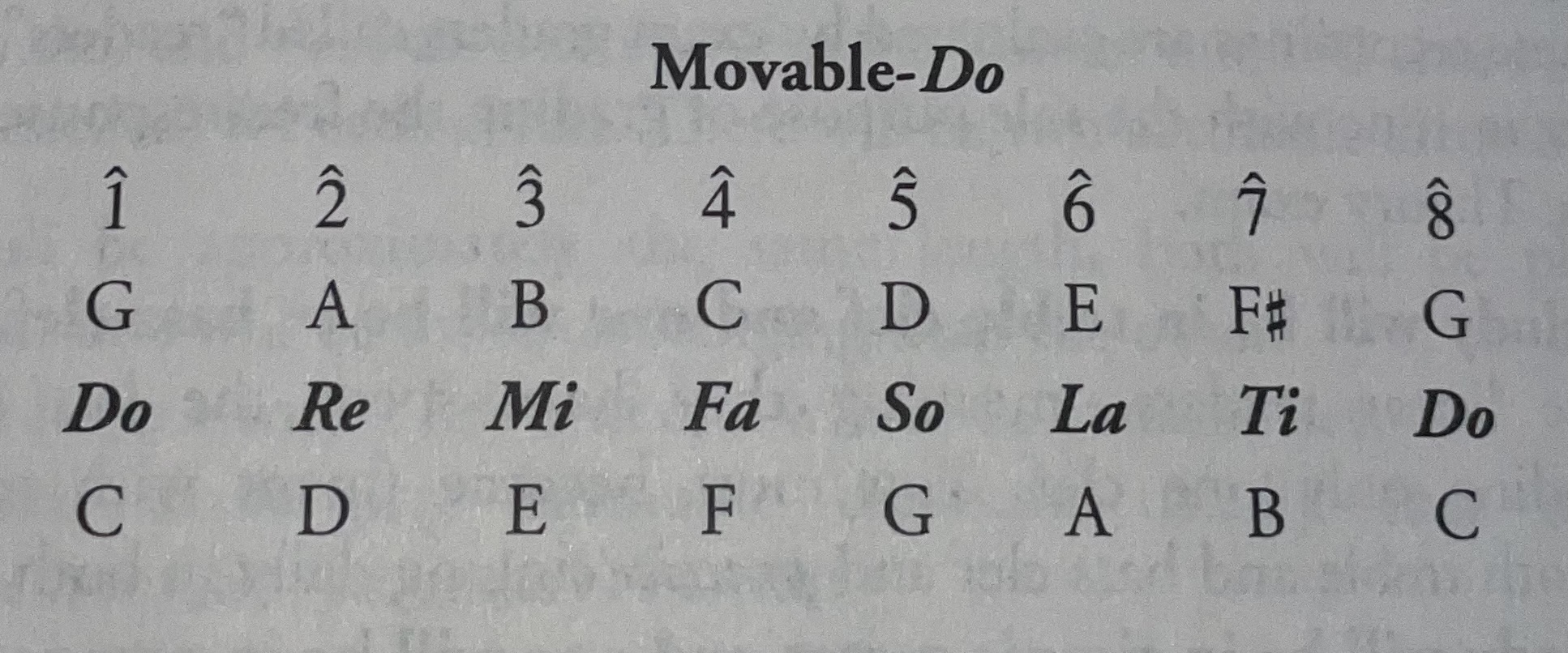Chapter 4 - Aural Skills Part 1: Fundamentals and Singing
0.0(0)
0.0(0)
Card Sorting
1/14
Study Analytics
Name | Mastery | Learn | Test | Matching | Spaced |
|---|
No study sessions yet.
15 Terms
1
New cards
Aural skills
The process of identifying, producing, and notating the elements of music that we hear
2
New cards
Melodic dictation
Free response section that includes two melodies which will be performed either by instrument or by voice
3
New cards
Harmonic dictation
Going one step deeper into hearing, identifying, and notating
4
New cards
Sight-singing
A method of training your brain to understand the relationship between notes within a specific scale or tonality
5
New cards
Movable-Do
Commonly used method of solfeggio. It means that regardless of what key you’re in, the tonic (first note of the scale) is always Do.

6
New cards
Fixed-Do
The opposite of movable-Do. This system attaches solfege syllables that remain with the pitch regardless of key.

7
New cards
Prevalent systems for singing in a minor mode
* Do-based minor
* La-based minor
* La-based minor
8
New cards
Do-based minor
Movable-do system in minor. Here the Do-based minor is the parallel of Do-based major.
9
New cards
La-based minor
It reflects the relative minor of any major scale and uses the same pitches starting on the sixth scale degree or La.
10
New cards
Scale degree finder
An exercise used to quickly go through the scale and find the pitch you need. It contains the tonic triad and common diatonic intervals.
11
New cards
Natural
There are no alterations from the key signature
12
New cards
Harmonic
The 7th degree is raised both ascending and descending
13
New cards
Melodic
Minor scale with both the 6th and the 7th scale degree raised
14
New cards
Minor pentachord
All three begin with the same first five notes
15
New cards
Parallel
Major and minor keys with different key signatures but with the same tonic